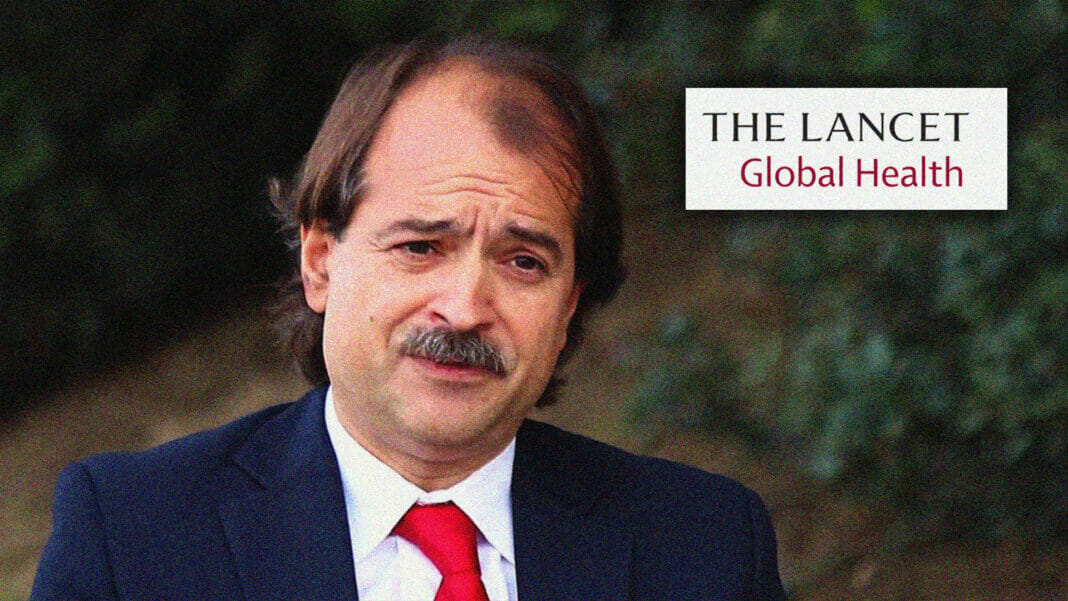Tobacco use is the top modifiable global health problem, but the global tobacco market grows 3% annually. Most anti-tobacco measures to date target demand (eg, higher excise taxes).
However, the endgame might require reducing supply. The main counterarguments are financial (eg, economic damage or lost jobs) and defences of personal choice.
Most importantly, public health has little experience in enforcing major changes that disrupt markets. The ongoing societal response to COVID-19 offers a precedent for drastic action taken to eliminate the tobacco industry.COVID-19 is a natural experiment: expedient public health considerations have led to decisions being made that have important socioeconomic repercussions.
The cumulative disease burden of COVID-19 is large but uncertain. However, if COVID-19 actions were deemed defensible, the risk–benefit ratio for actions to eliminate tobacco is far more favourable.
Even under the most pessimistic projections, COVID-19 fatalities are well below the perpetuated burden of tobacco deaths. Moreover, COVID-19 kills mostly older people with multiple underlying diseases, whereas half of tobacco deaths occur in people aged 30–69 years. Furthermore, key conditions that predispose to poor COVID-19 outcomes (eg, vascular, neoplastic, and respiratory diseases) are largely related to smoking.
Measures taken to prevent the spread of COVID-19 have disrupted multiple sectors of the economy quickly and deeply, including travel, tourism, restaurants, entertainment, and retail. The cumulative share of these markets before COVID-19 far exceeded the US$1 trillion tobacco market.
In the second quarter of 2020, the US gross domestic product declined by 33%, according to the US Bureau of Economic Analysis. Concurrently, a 12% year-to-year decrease in the eurozone (ie, countries that have adopted the Euro as primary currency) was recorded. Rebound is uncertain. Any further lockdown measures could compound this damage.
Moreover, COVID-19 will probably be time-limited, whereas tobacco causes at least 5–6 million deaths (and increasing) every year.
Even if all 100 million tobacco-related jobs were lost, this number is still much lower than the number of jobs lost by lockdown measures for COVID-19 worldwide (400 million full-job equivalents in the second quarter of 2020 alone).
Moreover, of 100 million people among the tobacco workforce, manufacturing accounts for only 1·2% of jobs. 40 million people work in tobacco-growing and leaf-processing, 20 million work in home industries, and the remaining people work on distribution, sales, and promotion.
Most growers and home workforce are underpaid and openly exploited by tobacco manufacturers. A safety net could be provided during a transition period to reduce poverty, similar to those activated for COVID-19-related unemployment.
John P A Ioannidis and Prabhat Jha – The Lancet – October 26, 2020.












